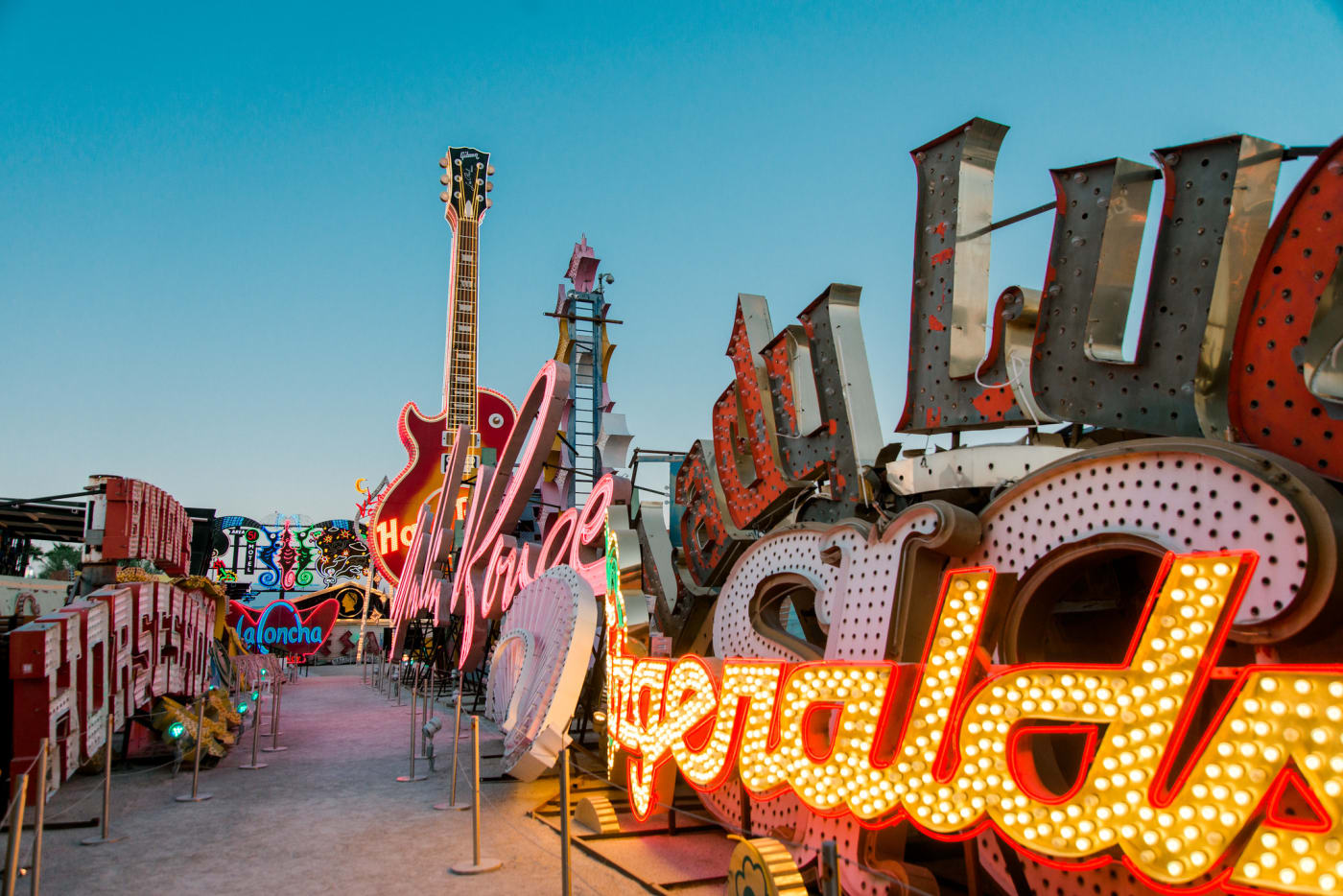When most people think of Las Vegas, the city’s vivid lights, world class entertainment, and fine dining likely come to mind.
However, beneath the glitz and glamour lies a rich and ancient history that often goes unnoticed. Long before the towering casinos and bustling streets, the land that is now Las Vegas was home to Indigenous Peoples whose vibrant cultures shaped the region for thousands of years.
Ancient Roots: The Ancestral Puebloans
The story of Las Vegas begins thousands of years ago with the Ancestral Puebloans. These ancient peoples inhabited the area from approximately 200 to 1150 AD, leaving behind remnants of their civilization in the form of petroglyphs and pottery shards. The Ancestral Puebloans were skilled farmers, constructing intricate irrigation systems to cultivate the desert land.
The Nuwuvi People
As time passed, the Nuwuvi people, part of the larger Southern Paiute group, became the primary Indigenous inhabitants of the Las Vegas Valley. The Nuwu have a deep connection to the land, viewing it not just as a resource but as a spiritual entity. Their territory extended across the Colorado River and into what is now California, Arizona, and Nevada. They were skilled hunters and gatherers, relying on the diverse desert flora and fauna for sustenance.
European Contact and Colonization
The arrival of European explorers and settlers in the 18th century marked a significant shift in the lives of the Indigenous peoples of the Las Vegas Valley. Spanish explorers, including Antonio Armijo in 1829, passed through the region on their expeditions to California. This was the first trading expedition between New Mexico and Los Angeles. With colonization came disease, conflict, and displacement, disrupting centuries-old ways of life for the Indigenous inhabitants.
Indigenous Peoples of Las Vegas Today
Despite the challenges brought by colonization, the area’s Indigenous groups persevered. They adapted to new circumstances while holding onto their cultural traditions. The resilience of these communities is evident in their continued presence in the region today. Organizations such as the Las Vegas Indian Center work to preserve and promote Indigenous cultures, providing vital services to Native American residents of the city.
Here are some of the Indigenous tribes who are active in our community:
Las Vegas Paiute Tribe
The Las Vegas Paiute Tribe is a federally recognized tribe with a reservation located just north of downtown Las Vegas. Comprising two distinct groups, the Southern Paiute and the Nuwuvi (Southern Paiute of Utah), this tribe has a rich history in the region. The Las Vegas Paiute Tribal Smoke Shop and the Las Vegas Paiute Golf Resort are well-known establishments operated by the tribe.
Moapa Band of Paiutes
East of Las Vegas, along the banks of the Muddy River, lies the Moapa River Indian Reservation, home to the Moapa Band of Paiutes. This tribe has a rich cultural heritage, with traditions rooted in the land and the river that have sustained their ancestors for generations.
Fort Mojave Indian Tribe
Just a short drive from Las Vegas, along the Colorado River, is the Fort Mojave Indian Reservation. The Fort Mojave Indian Tribe is a sovereign nation with a rich history of resilience and cultural preservation. Their reservation spans across Arizona, California, and Nevada, with a portion of their land located near the city of Laughlin, Nevada.
Chemehuevi Indian Tribe
Southwest of Las Vegas, near the California-Nevada border, is the Chemehuevi Indian Reservation. The Chemehuevi Indian Tribe is a federally recognized tribe with a deep connection to the Colorado River and the surrounding desert landscape. Traditionally, the Chemehuevi people are skilled fishermen and gatherers, relying on the river for sustenance.
Fun fact, The Neon Boneyard is home to the new Palms Sign. The Palms is the first property in Las Vegas to be fully owned and operated by a Native American tribe. You can see this sign, along with many others, in our “History. Brought to Light.” Tour.
Las Vegas is more than just a desert oasis of lights and entertainment—it is a place with deep Indigenous roots. The next time you stroll down the Strip or marvel at the iconic skyline, take a moment to remember the Indigenous peoples who have called this land home since before the first casino was built.
